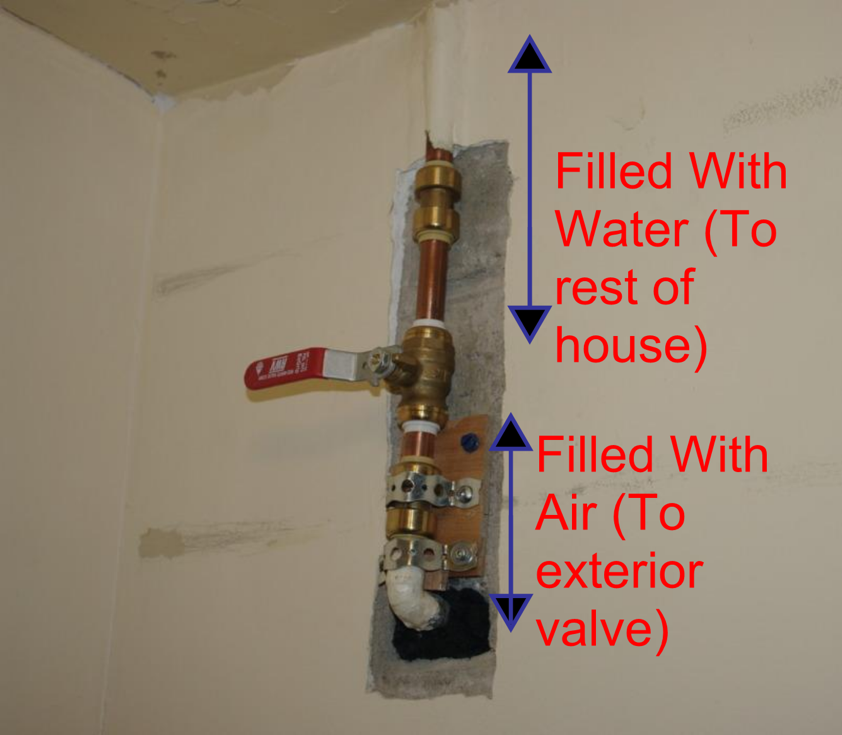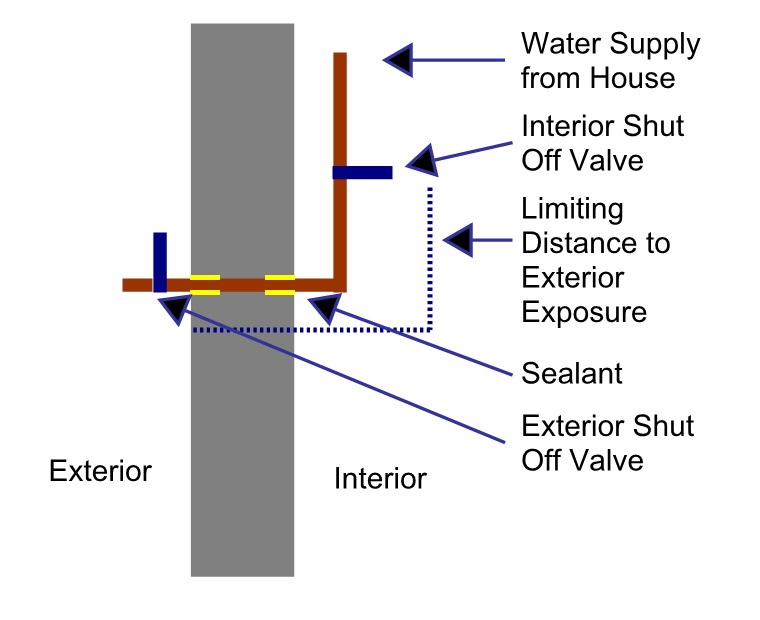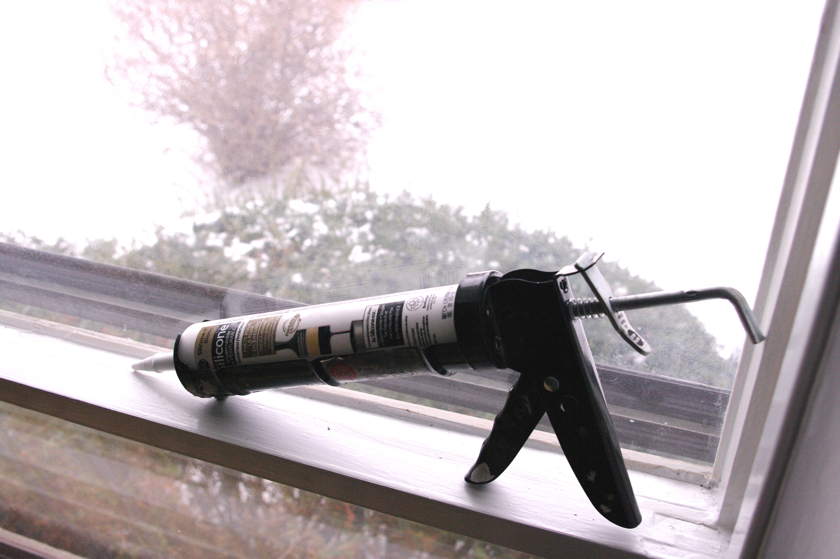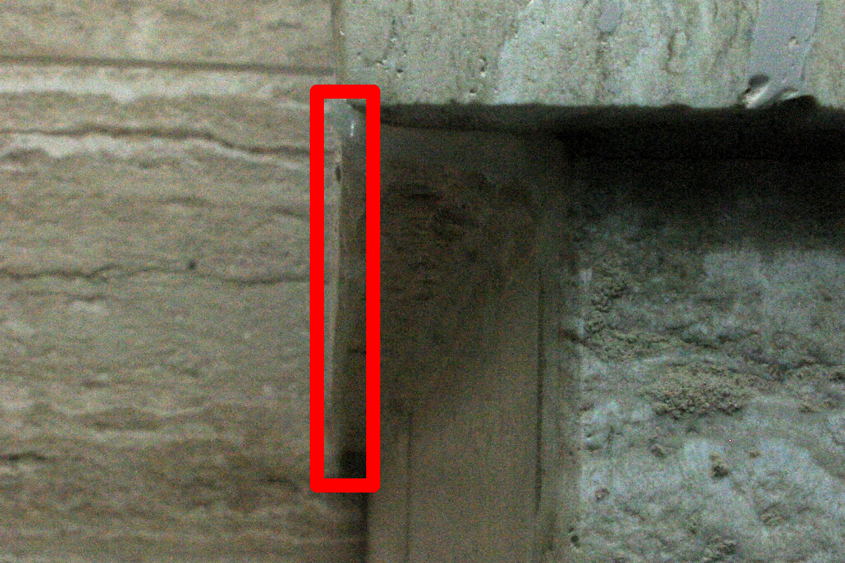Really? Answer is Yes, there is a improper way to do this. Do you mean turning off a shut0ff? Yes already, also we will explore some good practices for how the pipes should be laid out that are attached to that valve.
The most common error made is that the water shutoff valve is closed on the interior, but the existing water between the shut-off and the exterior valve (where your garden hose is attached to) is not bled out of the system.
First you must shut off the water from the inside, and then open the outside valve and let the water trickle out. When the water is removed, you then close the outside valve Why?
As we know, when water freezes, it expands, and your pipes burst. In contrast, frozen air does not expand, and your pipes are safe no matter the temperature of the air. Pipe bursting is quite common, as copper is very thermally conductive, and has the potential for heat to be lost quite easily from this connection.

The farther your interior shut-off valve is from the external temperature exposure, the safer the pipes are. This is all assuming that the location of the shut-off is in a conditioned space. This is assuming that your penetrations are sealed with silicone at the cladding, and spray foam in line with the insulation. The diagram above used an old rag. I was there at it seemed pretty air tight. Hats off!

By increasing the distance the pipe is filled with air, larger the chance it is heated by the ambient temperature.
There are specialty valves such as silicock valves can also work by shutting off the valve on the interior. You need to make sure that your valve has a seal on both the interior as it is designed to do and the exterior. I am not sure all silicock valves have a seal on the exterior. If there is no seal on the exterior, it is useless as you need to create an air space between the two shut-off valves. Remember that air spaces create insulation value.
Think of this system like a window. We know that triple pane windows insulate better than double planes, not becuase the glass has insulating value, but the separation of the air or (argon) spaces.
The principle is the same with shut offs. If your building envelope is constructed in such a way that you know is problematic, there is no reason you can separate you pipe into two air spaces like a triple pane window. This method will be far more effective than a single silicock valve.

Is it overkill? Depends on your home. The main lesson here is think about these pipes are though you are trying to make it harder for the cold air from reaching the interior (technically, the heat from escaping).
Active Systems
Sometimes extra heat is required to keep the pipes from freezing. Heat trace cables can be used which wraps around pipes and plumbing fittings. For just a little extra money, you wish, you can connect them to a temperature controller that turns on the system at a particular temperature.
- Try to create air spaces inside your pipes
- Two air spaces are better than one! (Think of insulating like triple vs double paned windows)
- Sealant around pipes are crucial to prevent windwashing
- The larger your limiting distance, the larger the chance the pipes will be heated by ambient air.
- This set of rules if for conditioned interiors only. The air space principle can be applied for crawl spaces as long as you have a shutoff in the conditioned space
- Heat trace cables can be used if your pipes if not enough heat can be drawn into the pipes and fittings









